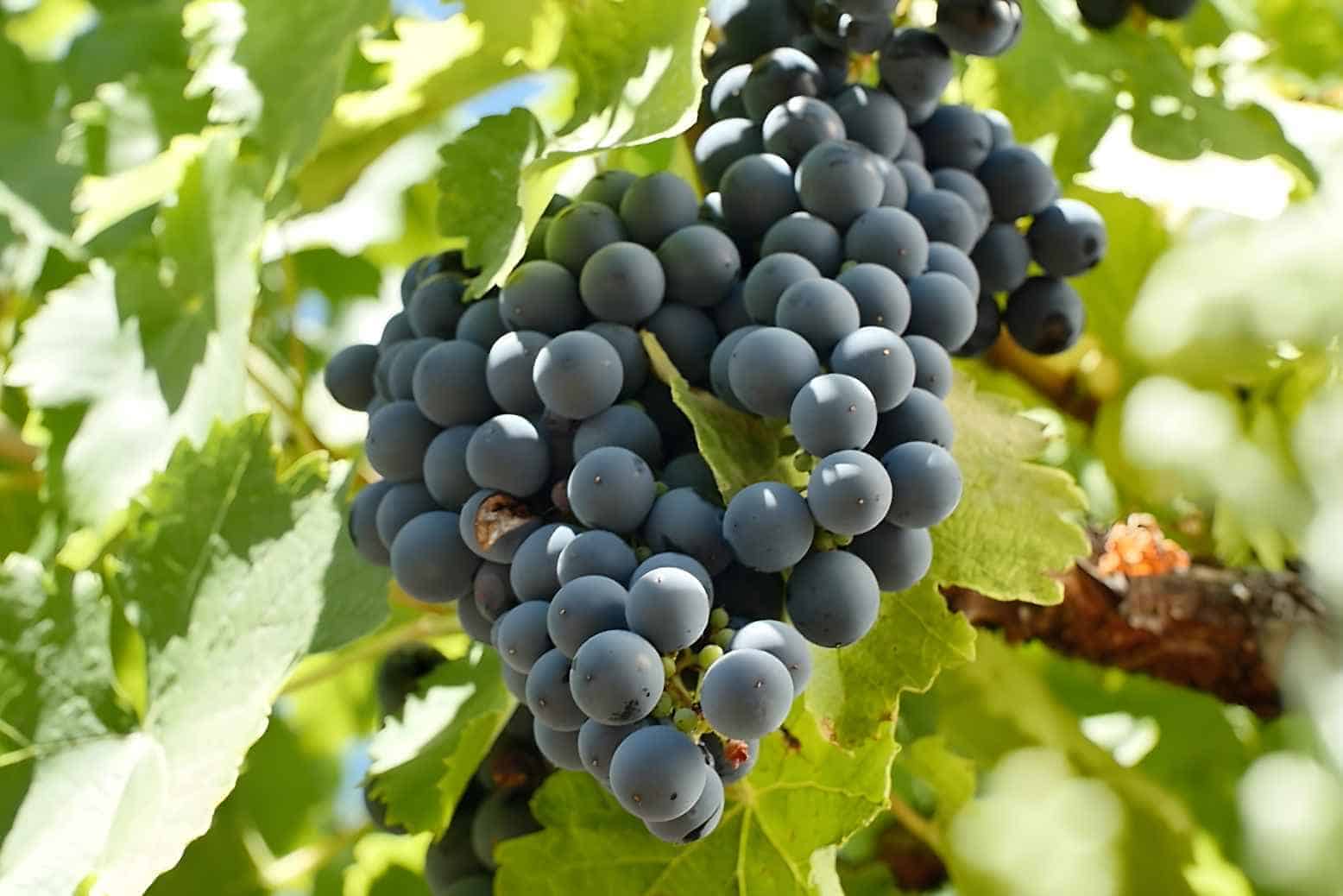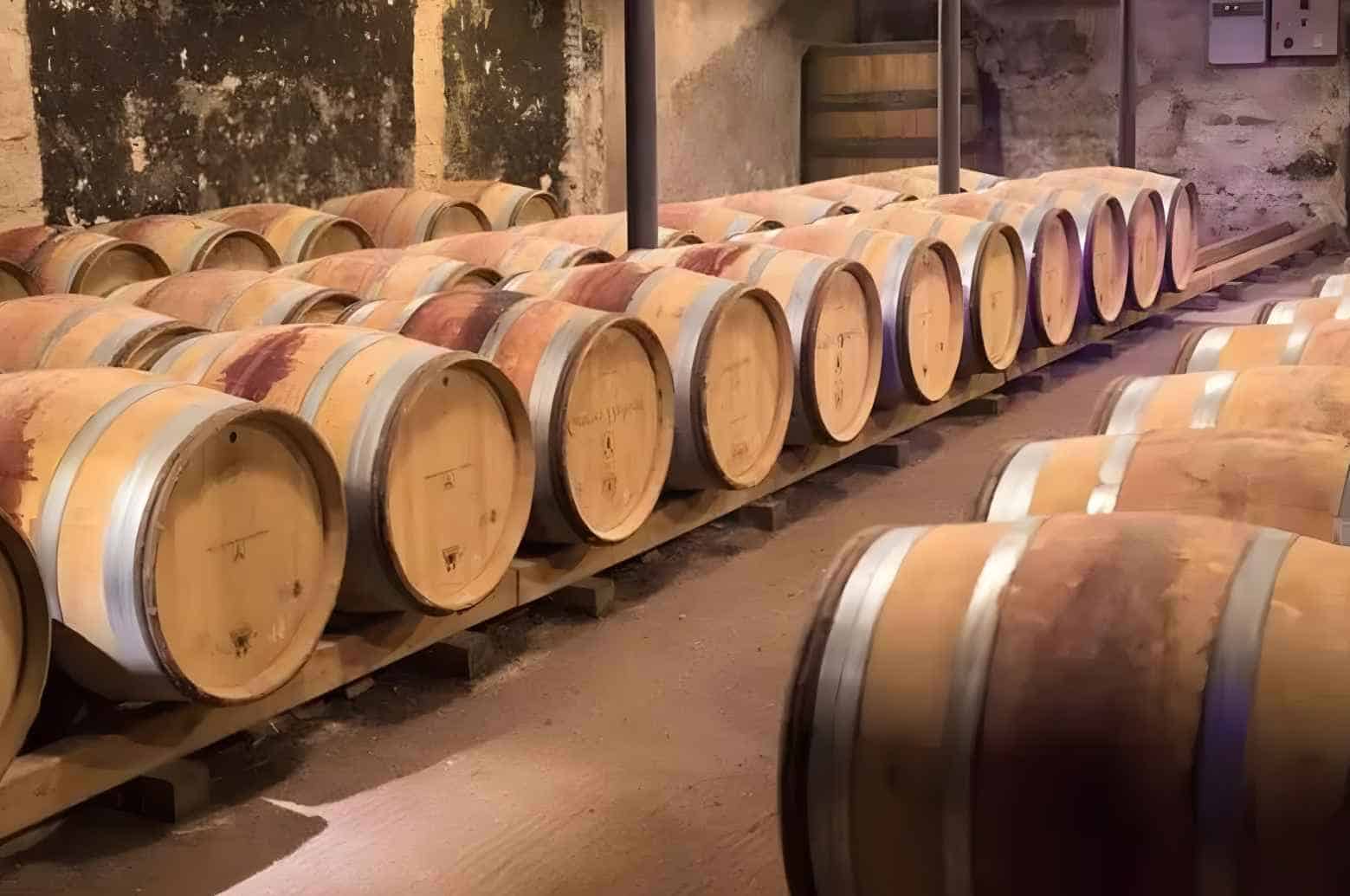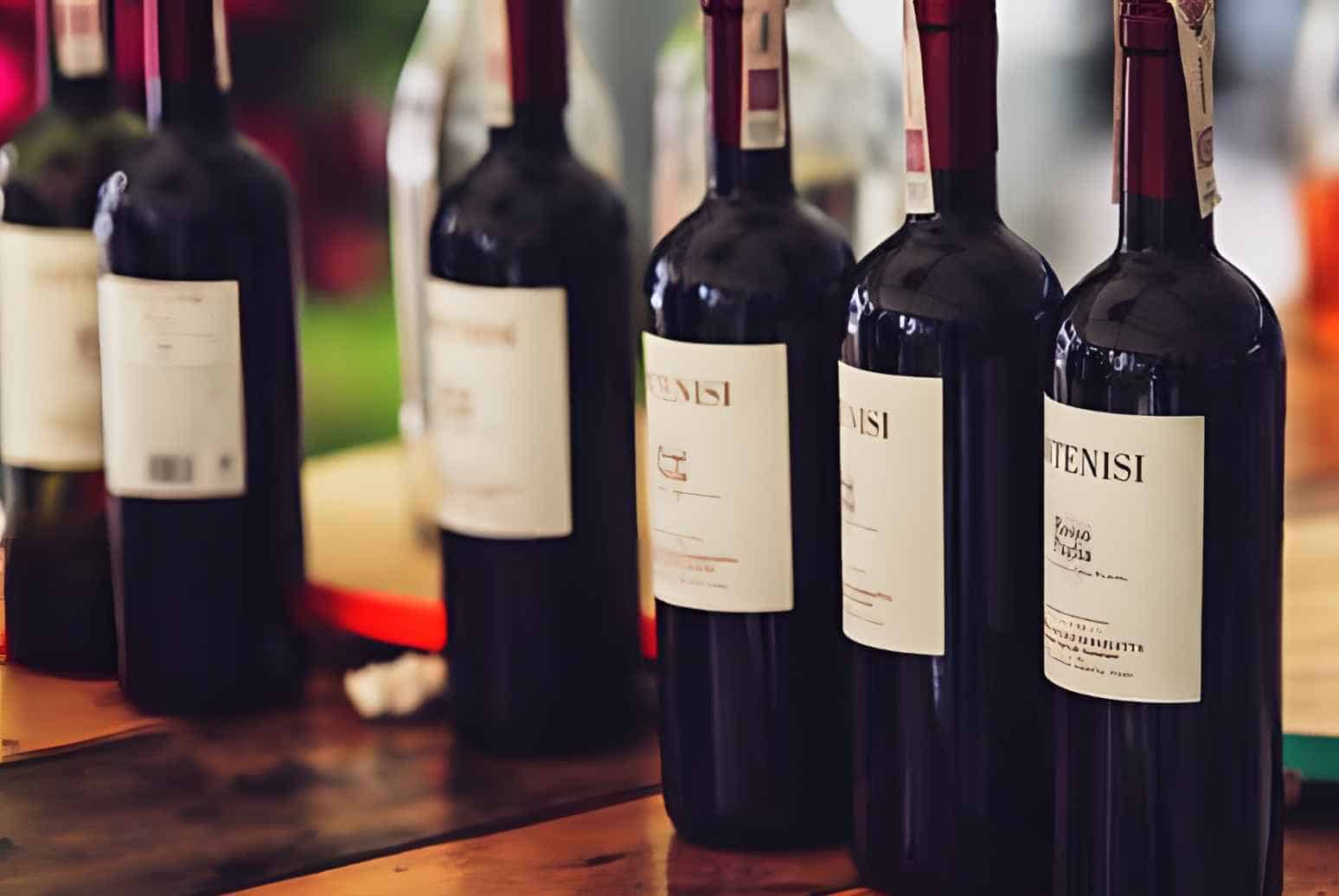The world of wine is a broad and colorful one. There are many types of wine all over the world with their tastes and characteristics. And so, if you are still in the getting-to-know stage of the more popular list of wines, it’s a good thing to know more about Gamay wine. So, what is Gamay wine?
Gamay Wine Guide
Gamay wine has gotten its name from the type of grape it’s made from. This specific type of wine is made from Gamay grapes. This is a grape variety that has been around for quite some time. In fact, the earliest known documented reference to the grape was made in the 14th century.
However, this type of grape is somewhat controversial as a Duke once banned it. Because of its peculiar flavor and consistency, the grape earned the reputation of being a “disloyal” fruit.
As a result, he banned Gamay grapes and encouraged the vineyard space to be used for other more considerable types of grapes.
Fortunately, Beaujolais, located towards the south of Burgundy, kept growing Gamay despite the ban being implemented. As a result, they grew to become one of the best places for growing grapes as they continued.
Now, nearly three-quarters of the world’s Gamay vineyards can be found in Beaujolais. Gamay is also gaining rising recognition in countries with temperate climates like Switzerland, Canada, New Zealand, and more.
Gamay grapes
Gamay grapes are dark-skinned grapes used to make crisp and fruity red wine. This grape thrives in warm and cool climates, making it one of the more hardy and flexible grape types.
Because of its early ripening and excellent yields, it’s a good choice for a wide range of wines. The best harvest of Gamays makes fresh and refreshing wines that are good as a stand-alone drink and as welcoming harmonies to various cuisines.
Enjoying Gamay
|
Aromas |
● Cherry ● Strawberry ● Floral aromas ● Iris ● Peony flowers ● Plum |
|
Notes |
● Cherry ● Raspberry ● Strawberry ● Curant ● Cranberry ● Earthy tones ● Violet |
|
Body |
Light-bodied |
|
Tannin level |
Light / Low |
|
Acidity |
High |
|
Region |
Beaujolais |
Gamay Wine: Regions and Bottles
Beaujolais, France
Responsible for the production of over 75% of the world’s Gamay wines, Beaujolais is considered to be Gamay’s home. Typically, the bottles produced from this region have a simpler and lighter feel.
And so, if you are looking for something easy and light, wines from this area are a wonderful choice. This area is also home to the popular Beaujolais Nouveau. This type of wine undergoes a fascinating process called carbonic maceration.
Loire Valley, France
The Loire Valley’s mild climate and granitic terrain make it ideal for Gamay vineyards. This is also one of the main reasons why Gamay grapes are found all over the region.
U.S.A
Over the last few decades, the Jus Blanc grape, known as Gamay Noir, has amassed a significant amount of recognition in the United States.
Canada
The Niagara Peninsula in Canada is home to most of the country’s vineyards bearing this particular grape variety. Additionally, there is a provincial mutation of the grape’ Gamay Noir Droit’ in Canada.
|
Region |
Bottles |
|
Beaujolais |
● Georges Duboeuf 2020 Beaujolais Nouveau ● 2015 Xavier et Nicolas Barbet Moulin-a-Vent Vieilles Vignes ● 2019 Georges Descombes Morgon ● 2019 Daniel Bouland Morgon Les Delys ● 2019 Marc Delienne Fleurie Greta Carbo ● 2020 Jean-Louis Dutraive Domaine de la Grand’Cour Fleurie Cuvee Vieilles Vignes ‘Champagne’ |
|
Loire Valley |
● 2015 La Lunotte (C. Foucher), Gamay, Vin de France |
|
United States of America |
● Arnot Roberts 2019 Gamay Harvest |
|
Canada |
● Rosewood Winery 2018 Night Moves Gamay |
Gamay grapes are also grown in other regions like the following:
- Switzerland
- Australia
- Italy
- Kosovo
- Servia
- New Zealand
The Process of Making Gamay Wine
Vineyard
Because Gamay reaches maturity a little bit faster, raising its potential yield, it ideally thrives in cool conditions where it can be appropriately guided. However, this variety also keeps its acidity and thrives in warmer environments.
Carbonic maceration
This is a fermentation technique typically associated with Gamay. This winemaking method is known for producing light-bodied, fruity wines with low tannin levels.
In contrast to traditional fermentation, carbonic maceration does not use yeast to kick off the fermentation process. Instead, grapes are fermented from the inside out through a process called intracellular fermentation.
The procedure is started by placing entire heaps of grapes in a sealed and secured tank supplied with carbon dioxide. Maceration can be either semi-carbonic or carbonic. Semi-carbonic maceration is nearly identical to carbonic maceration.
The only distinction is that the bottom-generated carbon dioxide is used to fill the tanks rather than sealing the vats and adding Carbon Dioxide from outside.
Storage and Serving of Gamay Wine
Serving Gamay Wine
This bright and fruity wine shines its best at a serving temperature of about 54 degrees. To achieve this temperature with a standard fridge, it’s best to take out the bottle minutes before serving as you would not want your wine too cold for serving.
Then, serve the wine in a globe-shaped burgundy glass, preferably a large-sized one. This way, you can intimately appreciate its fruity and floral aromas.
Full-bodied and lighter wines like Beaujolais wines are best served in Burgundy glasses. The fullness and roundness of the bowls allow you to easily poke your nose and get a good whiff of the wine.
Because there is more surface area, the wine has more opportunities to interact with the surrounding air. This particular style of glass has an opening shaped in a way that directs the liquid to the tongue, maximizing the wine’s notes and tones.
Storage
For storage, the recommended temperature for Gamay wines should be 50-55 degrees. When wine is exposed to high temperatures, it ages much more rapidly than it should. This change and increase in the speed of aging diminish the flavor and harmony of the wine.
On the other hand, when the temperature gets too chilly and cold, you compromise the flavor and aroma of the wine. Temperature fluctuations can also have a weakening effect on the cork and may lead to wine spoilage.
Most Gamay wines are recommended to be drunk within the first six months after production. So, try out Gamay wine if you want a great wine to enjoy relatively immediately. In addition, their low tannin content makes them better suited for immediate consumption rather than long-term aging.
Crus, on the other hand, has more body and complexity benefits from extended aging and can be enjoyed between two and eight years of the bottle’s vintage date.
Gamay Wine Food Pairings
Gamay wine is a type of wine that’s easy to like. It’s a flexible wine with great flavor and notes that go well with various food choices.
In addition, enthusiasts label Gamay wine as a safe wine because of its ability to pair with many without overpowering or ruining them. Here are some of the best food pairings for your Gamay wine bottle.
- Roast chicken: The roast chicken’s savory and crisp skin is perfectly met with a bright, clarifying fruity note refreshing the taste buds.
- Grilled fish: The fish’s subtle smokiness helps bring out the wine’s profound smoky floral notes.
- Meatloaf: Due to its low tannin content, this wine is the ideal wine to pair with meatloaf with or without ketchup. The meatloaf’s heavy, savory flavors are nicely balanced by the wine’s bright, lively aromas and flavors.
- Creamy cheeses like Brie, Camembert, cream cheese, Edam, Feta, Goat’sGoat’s cheese, Gouda Mild, Gruyère, Cheddar, Swiss, etc.: The wine’s acidity cuts through the mouth-coating mouthfeel of creamy cheeses, making for a perfect pairing. Cheeses that are mild, soft, and creamy are ideal for pairing with Gamay because they won’t overpower the flavor profile of the wine.
- Seafood: You can’t find many red wines that go so swimmingly with seafood as Gamay. Gamay wines grown in the appropriate type of soil have complex flavors, including spice and flowers. Their taste also has a lively acidity that pairs well with seafood.
- Vegetable salads: Gamay wine is also an excellent pairing for vegetables. The light sip is well-received by the bright and refreshing salad. The crunch from the vegetables is a nice change of texture as you enjoy the smooth Gamay wine.
- Salads with fruits, chicken, bacon, goat’s cheese, etc.: This mix and other ingredients make up for some of the best salad mixes ever. The diverse flavors and textures inside your mouth are met by Gamay wine’s refreshing and smooth feel.
- Sushi: If you are the type to like the combination of sushi and red wine, Gamay wine is a good drink to pour.
Gamay wine is also great with pork sausage, hangar steak, duck, spices like leek, mint, sage, and many more.
Summary
What is Gamay wine? It’s one of the most versatile wines available for you to enjoy. It’s good; it has a pleasant aroma and flavor tones, making it a good choice for a dinner, a celebration, or perhaps a simple sleepover with friends. It’s a wine you can enjoy any day, alone and with people you love.

George Moore, co-founder of Wine Flavor Guru, is a charismatic entrepreneur with a rich background in California’s wine industry. Alongside Sylvia, he transformed a Sonoma County vineyard into a source of premium wines. George’s expertise in sourcing exceptional grapes and his approachable style make wine appreciation both accessible and engaging.








